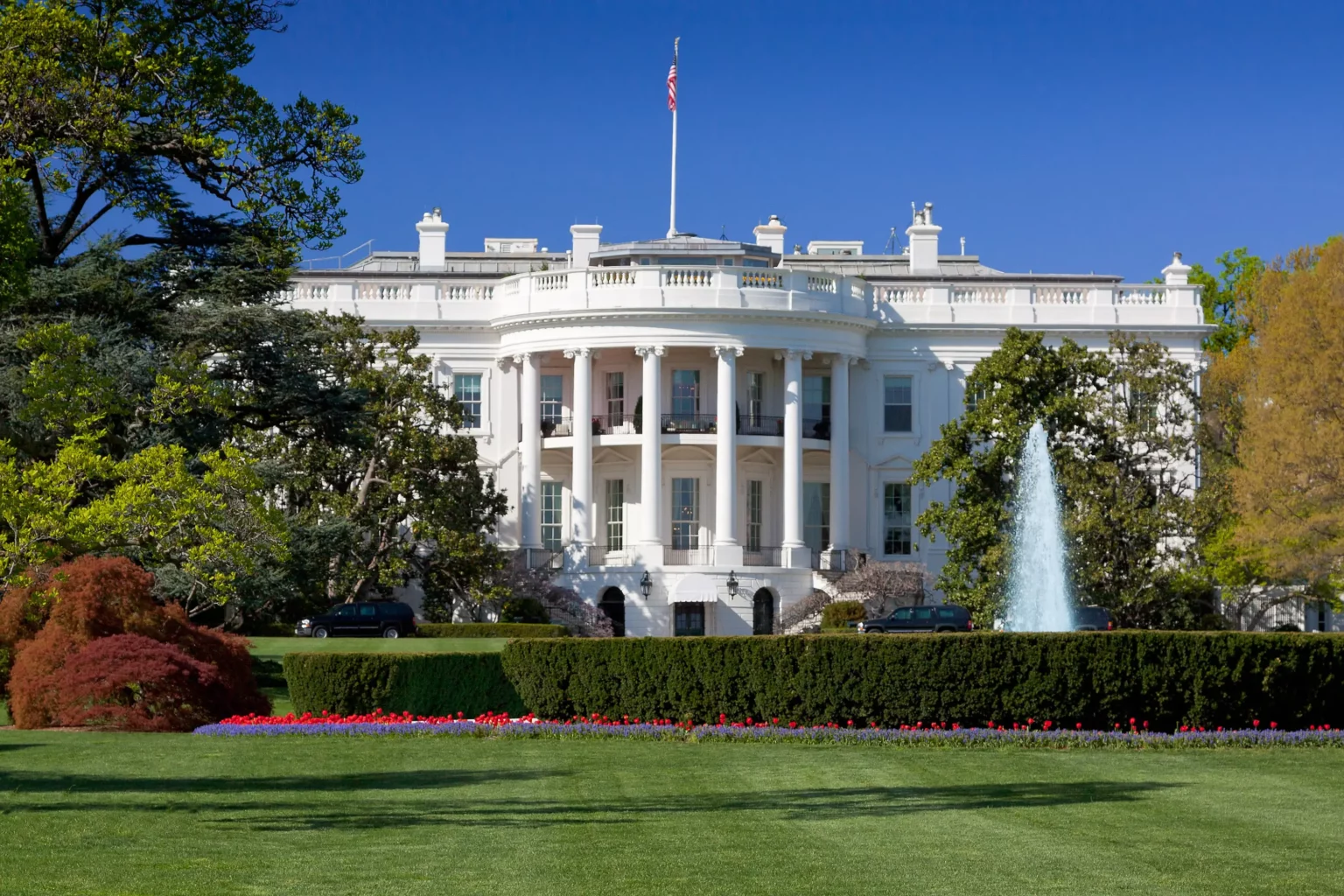The White House, which stands on the United States’ roots, has been the symbol of pride and dignity for over two hundred years. White House history began when, the first president of the United States, George Washington signed an Act of Congress stating that the federal government would reside in a district “not exceeding ten miles square…on the river Potomac.”
Along with city planner Pierre L’Enfant, President Washington picked the location for the new residence and he chose 1600 Pennsylvania Avenue. After the site was selected, the that-time government had to prepare for another assignment which was the building of the President’s House. Approximately nine proposals were presented for the opportunity to build the President’s house and at last James Hoban won for his beneficial and attractive design.
President Washington kept his eye on the construction of the White House but he never lived on it as he passed away in 1799 and the construction was completed in 1800. The first President who resided in the President’s House was John Adams and his wife. Since that day each President modified the White House. It is also the only private residence of a President that is freely open to the public.
White House had 132 rooms with 35 bathrooms and 6 levels in the house. The structure had 412 doors, 147 windows, 28 fireplaces, 8 staircases, and 3 elevators.
Over the decades the White House has been called the “President’s Palace,” the “President’s House,” and the “Executive Mansion.” President Theodore Roosevelt officially named it “the White House” in 1901.
The House had 5 chefs who worked day and night, and the kitchen’s meals can be served to more than 140 guests and hors d’oeuvres to more than 1,000.
The White House has facilities of a tennis court, jogging track, Movie Theater, swimming pool, and bowling lane to keep its residents healthy and active.
Over the past years, the White House has mesmerizing story as it survives fire at the hands of the UK in 1814 and it survives another fire in the West Wing in 1929.
Every President can renovate the White House in how they decorate and in how they welcome the people during their stay. The first Inaugural open house was held by Thomas Jefferson, in 1805. Some of those who followed the ceremony at the U.S. Capitol simply followed him home, where he welcomed them in the Blue Room. Furthermore, President Jefferson greeted the public at annual receptions on New Year’s Day and on the 4th Of July.
In 1829, a flock of 20,000 Inaugural callers caused President Andrew Jackson to run to the hotel’s safety, aides loaded washtubs with orange juice and whiskey to attract the crew out of the mud-tracked White House.
After President Lincoln’s charge, the public became too large for the President’s House to adjust them. But Grover Cleveland’s charge changed this practice. He held a presidential review of the troops from a flag-draped grandstand built in front of the White House. This procession became the official Inaugural parade we know today.




